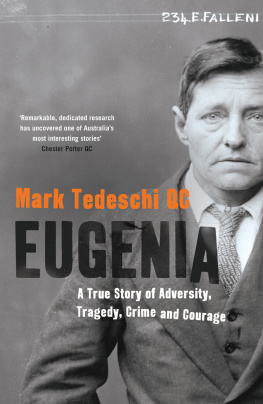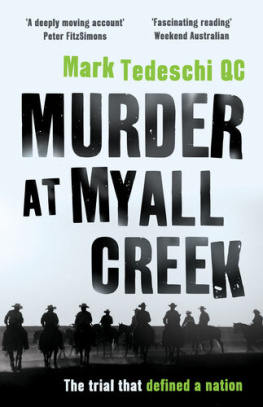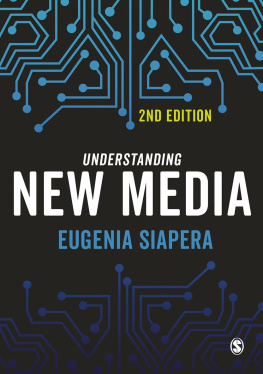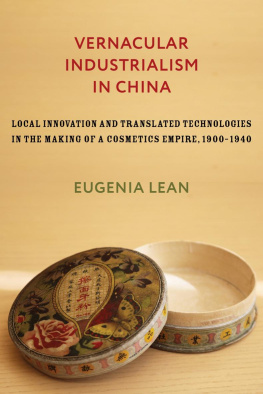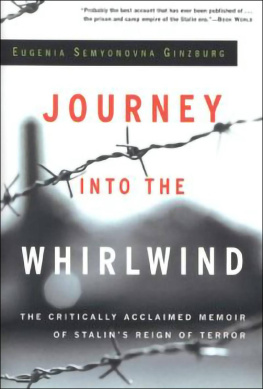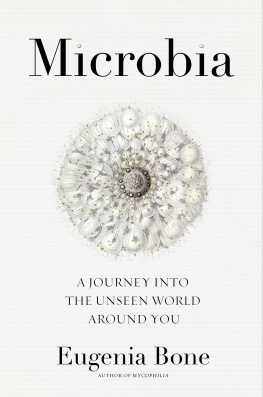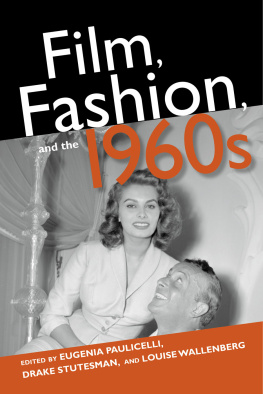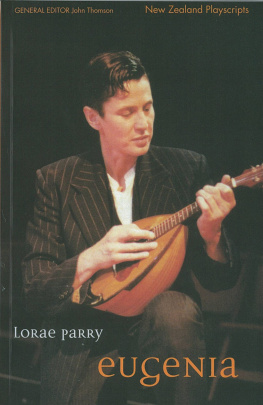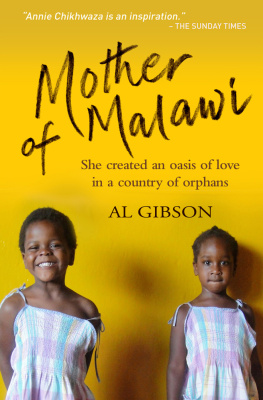
CONTENTS
I dedicate this book to the memory of my oldest friend, the late Dorothy Porter (19542008), one of Australias finest writers, whose premature death cheated Australia of so much literature that she still had within her; and to the other members of the Porter family: Chester, Jean, Mary and Josephine.
Yet each man kills the thing he loves
By each let this be heard,
Some do it with a bitter look,
Some with a flattering word,
The coward does it with a kiss,
The brave man with a sword!
Some kill their love when they are young,
And some when they are old;
Some strangle with the hands of Lust,
Some with the hands of Gold:
The kindest use a knife, because
The dead so soon grow cold.
Some love too little, some too long,
Some sell, and others buy;
Some do the deed with many tears,
And some without a sigh:
For each man kills the thing he loves,
Yet each man does not die.
THE BALLAD OF READING GAOL
by OSCAR WILDE
I would like to single out for my appreciation and gratitude the following persons who have contributed to this book:
Alan Gold (writer, literary critic, educator and human-rights worker), my literary mentor and guru, for his unprecedented generosity of time and patience, for his excellent suggestions that greatly improved the manuscript, and for his wise counsel and unfailing encouragement.
My editors at Simon & Schuster: Larissa Edwards, Claire de Medici and Kate ODonnell.
Louise Coleman (law student extraordinaire), who assisted me in researching some of the historical, social and institutional details of life in Eugenias time.
My son, Benjamin Tedeschi, who edited Part I and made some excellent suggestions to improve several chapters.
Dr Rebecca Irvine (forensic pathologist, Department of Forensic Medicine, Glebe Coroners Court, Sydney), for her expert assistance with the pathological evidence.
Dr Judith Perl (clinical forensic pharmacologist with the New South Wales Police), for information on blood alcohol testing methods.
Suzanne Falkiner, author, for discussing the project with me and for her permission to reproduce parts of her 1987 interview with Eugenias sister-in-law, Olga Falleni (referred to in Falkiners book as Anna). I have received permission to disclose Olgas real name from the Falleni family in New Zealand.
Phillipa Fioretti (author, Adelaide), for throwing the spark into the tinderbox.
Carol Baxter, author, for her advice on writing styles.
Dr Paolo Totaro AM, for correcting my Italian and suggesting some Neapolitan.
Kim Falleni (New Zealand), Eugenias great nephew, for the photo of the Falleni family in New Zealand in about 1910.
Lisa Falleni (New Zealand), granddaughter of Olga and Louis Falleni and hence Eugenias great-niece, for information about the Falleni family in New Zealand.
Tom Elvy (Sydney), great-grandson of Eugenia, and his wife Michelle, for information on Rita Elvy (ne Whitby) and Arthur Whitby.
Nerida Campbell and Rebecca Edmonds (Justice & Police Museum, Sydney), for access to the museums holdings on Eugenia Falleni and general assistance with the project.
Philip Selth OAM (Executive Director of the New South Wales Bar Association), for help in searching for material on Archibald McDonell.
Robert Parkinson and George Zabeth (Land and Property Information Division, Registrar Generals Office), for their help in locating the exact site of the Cumberland Paper Mills.
Bruce Carter (Research Librarian, Family History Section, State Library of NSW), for help in searching old records relating to Eugenia Falleni, Annie Birkett and the De Angelis family.
Amie Zar, Local History Librarian, Leichhardt Library, for research help.
Staff of the ODPP Library, Sydney.
Ashleigh Smith, Police Prosecutor, Central Local Court, Sydney, for help with the history of the Central police station.
Sergeant David Shazaleh, Sheriffs Officer, for photographs of the Central police station before the recent renovations.
Assistant Superintendent Tony Dixon, Corrective Services Department, for access to his photographs of the Central police station before the recent renovations.
Robert Merchant and Duncan MacAuslan, for information about tram services in Sydney in the 1910s.
Bill Allen, who has been collating information about Sydney Ferries for over 60 years, for sharing his knowledge about ferry routes and the location of wharves.
Anne Bishop (Scone), granddaughter of William Coyle KC, for her assistance with materials about and photographs of her grandfather.
Anne Carolan (Middle Cove), for a host of material on Archibald McDonell and Zulu.
Frances Kenney (Cundletown), McDonell family historian, for information about the McDonell family.
Ian McDonell (Gisborne), for assistance and introductions to other members of the McDonell family.
Maureen McDonell (Mt Wagga Wagga), for help with the extended McDonell family.
Rod Corrie (Cowra), for information about and a photograph of EG Maddocks Cohen.
Marise Brass (Sydney), a niece of Maddocks Cohen, for information on her uncle.
Dr Jerome Stern, for bringing to my attention the legend of St Eugenia.
My remarkable wife, Sharon, for her ready acceptance of my eccentric enthusiasm for the project, her patience during the months of my literary monasticism, and her many words of masterful advice.
This book has emanated from my career as a barrister and Crown Prosecutor. I would like to take this opportunity to thank and pay tribute to some people who have played a major role in supporting that career: Chester Porter QC, Franca Arena AM, Nicholas Cowdery AM QC, Justice Reg Blanch AM, my parents Ruth and Robert Tedeschi and, yet again, my wife, Sharon.
From a completely misunderstood childhood and adolescence, Eugenia Falleni boldly strode out in adulthood in an attempt to establish what she saw as her true self as a man. Within that identity, constantly fearful of exposure, shame and punishment by an unforgiving community and the law of her time, she sought what almost all of us seek: love, acceptance, security, respect and connection with other human beings. Part I Looking for Love is largely an account of that search.
When, in middle age, she finally established an intimate connection, she was forced by her social circumstances and the strict moral confines of her day to maintain her deep secret from almost everyone, including her beloved. Threatened with the loss of her first real love and the opprobrium of society, in a state of complete panic she acted foolishly and unwisely. Part I is an unravelling of these events, interpreted with the benefit of nearly one hundred years of hindsight.
The reaction of society only eventuated nearly three years later. In the meantime, she had established another love relationship, with Lizzie, to sustain her, again based on a necessary deception. When everything fell apart and her history of sexual deception became public property, the full weight of the law and public opinion came crashing down upon Eugenia, branding her an outcast, a social misfit and a serious menace to the moral fabric and health of society. In the context of the hatred and fear that was whipped up about her by a voracious press, the result of her clash with the law and the Press was almost inevitable. Part II Legal Proceedings is an account of the reaction of the law and the newspapers to her crime and her unique circumstances, and an analysis of her trial by the author, with the insight of more than thirty-five years practice in the criminal courts for both the prosecution and the defence
Next page
